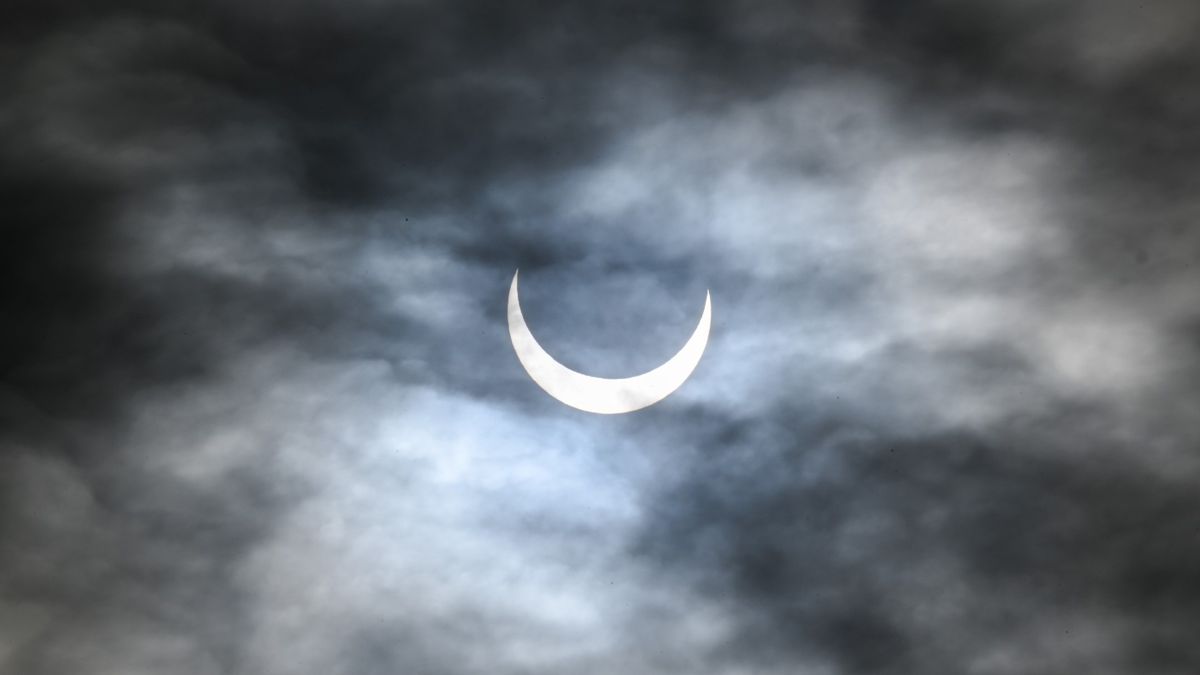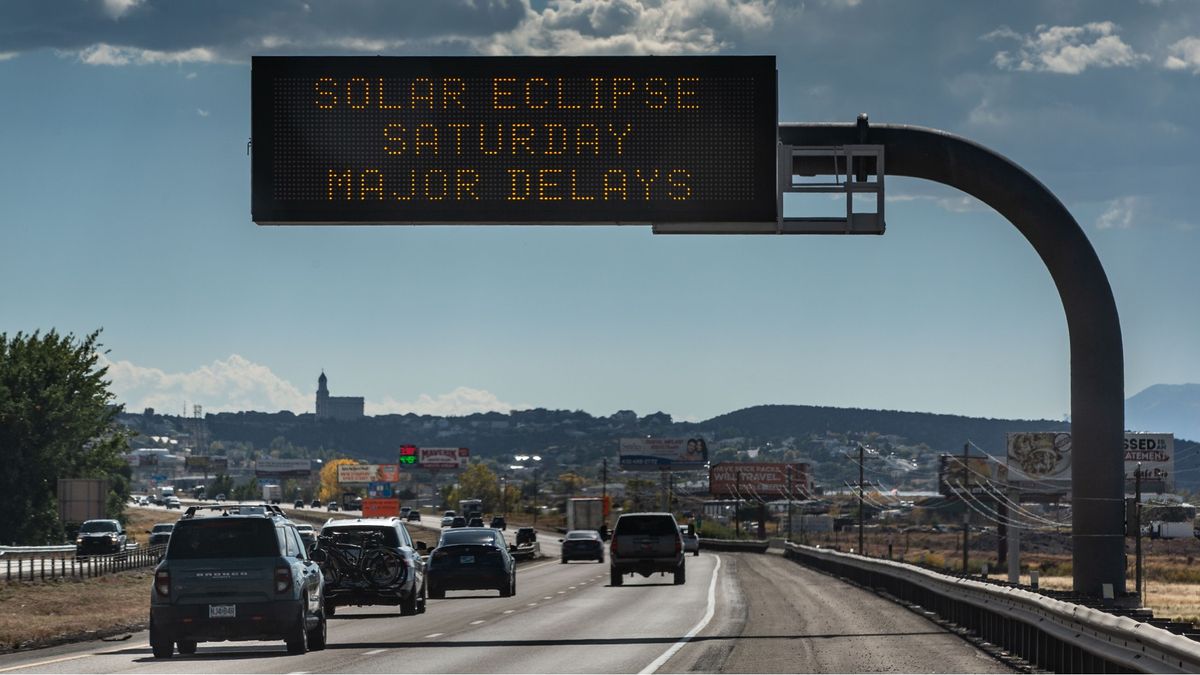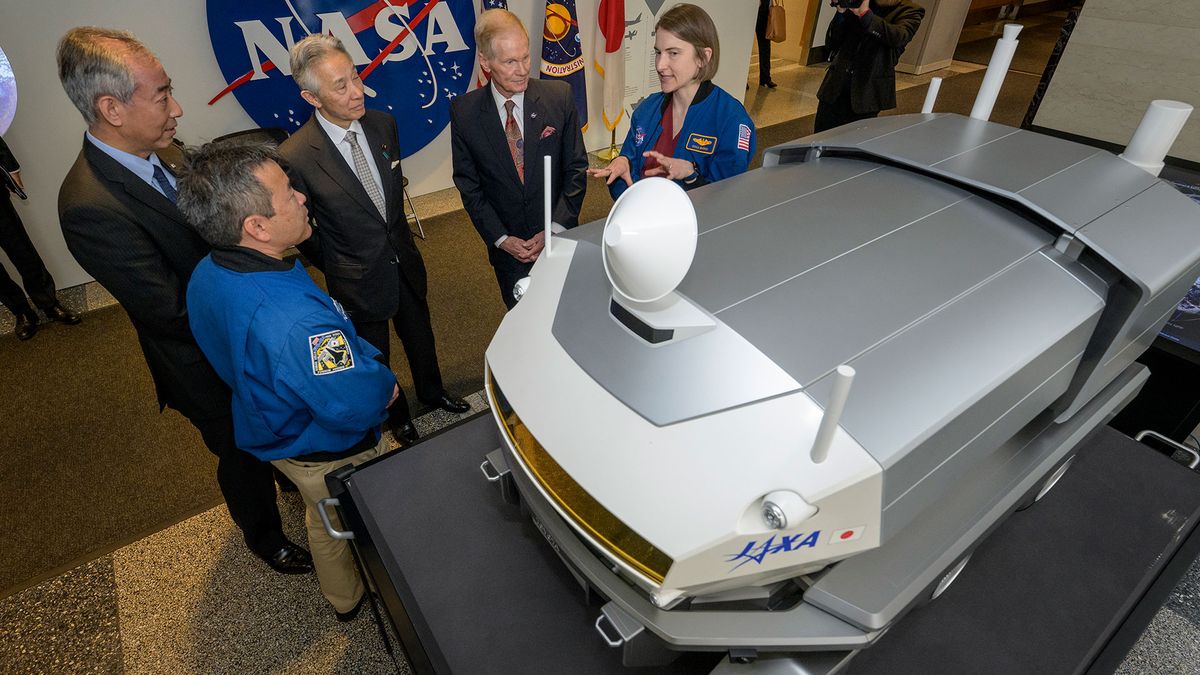Understanding the Unique Phenomenon of Solar Eclipses
The beauty and wonder of a solar eclipse is a spectacle unique to Earth, unparalleled anywhere else in the solar system. During these rare events, the moon perfectly aligns to block the light of the sun, casting a fleeting shadow over our planet. This rapid darkness not only captivates observers but also has significant effects on various aspects of Earth, including animal behavior and changes in the ionosphere.
The Impact of Solar Eclipses on Cloud Cover
A recent study has shed light on a lesser-known consequence of solar eclipses: the dramatic decrease in cumulus cloud cover as the moon’s shadow passes over Earth. Researchers discovered that cumulus cloud cover decreased by more than fourfold during a recent annular eclipse. This aspect of solar eclipses, which has been relatively understudied, holds valuable insights for geoengineering strategies aimed at solar radiation management.
Scientific Investigations and Experiments during Solar Eclipses
Solar eclipses, occurring typically between 2 to 5 times per year, provide a unique opportunity for scientific inquiry. Researchers have leveraged these celestial events to conduct experiments and gain insights into the impact of rapid solar obscuration. By analyzing cloud cover data from a geostationary satellite during a 2005 annular eclipse, scientists were able to track the evolution of cloud cover patterns before, during, and after the eclipse.
The Relationship between Cloud Cover and Land Surface Temperature
The study revealed that low-level cumulus clouds, which form at altitudes of around 2 kilometers, were strongly influenced by the degree of solar obscuration. As the moon began to block the sun’s light, cloud cover decreased significantly, only to return once the eclipse had passed. The researchers also observed a corresponding drop in land surface temperature as sunlight was obstructed, indicating a direct relationship between solar radiation and cloud dynamics.
Furthermore, the study highlighted the role of land surface temperature in driving changes in cumulus cloud cover. The decrease in temperature during a solar eclipse disrupts the buoyancy forces responsible for cloud formation, leading to the dissipation of clouds. These findings offer valuable insights into the intricate interplay between solar radiation, land surface temperature, and cloud cover dynamics.
Implications for Geoengineering and Climate Change Mitigation
Looking ahead, the research has important implications for geoengineering efforts aimed at combating climate change. By simulating the effects of solar obscuration during eclipses, scientists can better understand how changes in cloud cover may impact proposed geoengineering solutions. The study suggests that cloud cover could potentially decrease with solar radiation management, raising concerns about the effectiveness of such interventions due to the reflective properties of clouds.
Overall, the study underscores the complex relationship between solar eclipses, cloud dynamics, and land surface temperature. By unraveling the mechanisms behind cloud dissipation during eclipses, researchers are paving the way for a deeper understanding of how solar radiation management strategies may influence Earth’s climate. These insights emphasize the need for thorough consideration of potential consequences and trade-offs associated with geoengineering initiatives.
Image/Photo credit: source url





